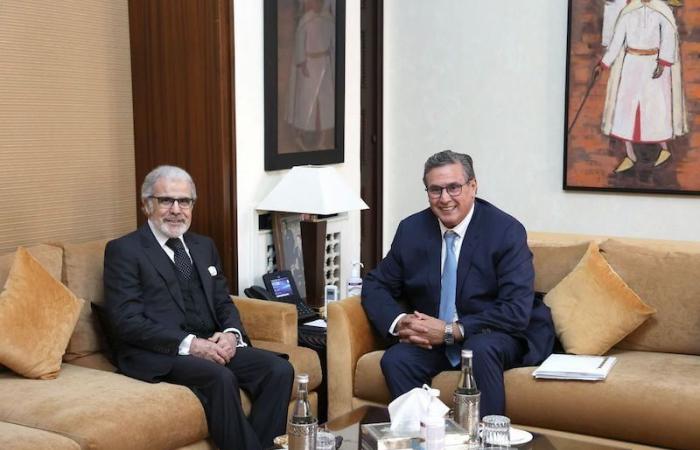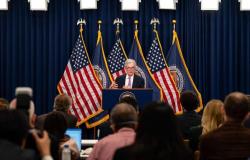Badr Tadlaoui
|
12.25pm - November 10, 2024
The level of debt of Moroccan households, which stands at 30% of gross domestic product (GDP), “illustrates a situation of worrying economic fragility”according to the “Finance Africa 2023” report from the European Investment Bank (EIB), consulted by Barlamane.com. Despite “indicators which remain below the averages observed in emerging and advanced economies, this level of debt highlights the limits of the measures adopted to preserve the purchasing power of households in the face of successive waves of inflation”note the conclusions of the EIB, corroborated by the latest report on financial stability from Bank Al-Maghrib, the Moroccan central bank.
Both texts paint a damning picture of current economic conditions under the government of Aziz Akhannouch. “Indeed, households whose monthly income is between 4,000 and 10,000 dirhams, representative of the Moroccan middle class, are under increasing financial pressure, forcing them more and more to take out loans to finance their current expenses, such as as housing, education, and health care”a-t-on noté.
The debt structure presents major risks, particularly with regard to the increased dependence of certain professional categories, such as civil servants and employees in the private sector, who represent 67% of credit beneficiaries with debt ratios of 42 .7% and 32%, respectively. This concentration of debt among relatively fixed income groups “exposes these segments to an increased risk of over-indebtedness, especially in the absence of robust social protection mechanisms and targeted support measures”it was clarified.
The measures proposed by the government in its 2025 budget “seem to lack scope and depth to address the real structural issues of household economic precariousness, and do not appear to include concrete measures to reduce dependence on credit or to limit exposure to economic fluctuations”lamented the opposition at the beginning of November. According to the PPS, “the absence of coherent economic policies and appropriate structural reforms risks transforming this level of debt into a vicious circle, aggravating the vulnerability of households and amplifying economic disparities.” As for the USFP, he indicated that the government “seems to opt for short-term solutions which, while they may provide temporary relief, do not address the fundamental needs of long-term financial stability for Moroccan households.”
Morocco






